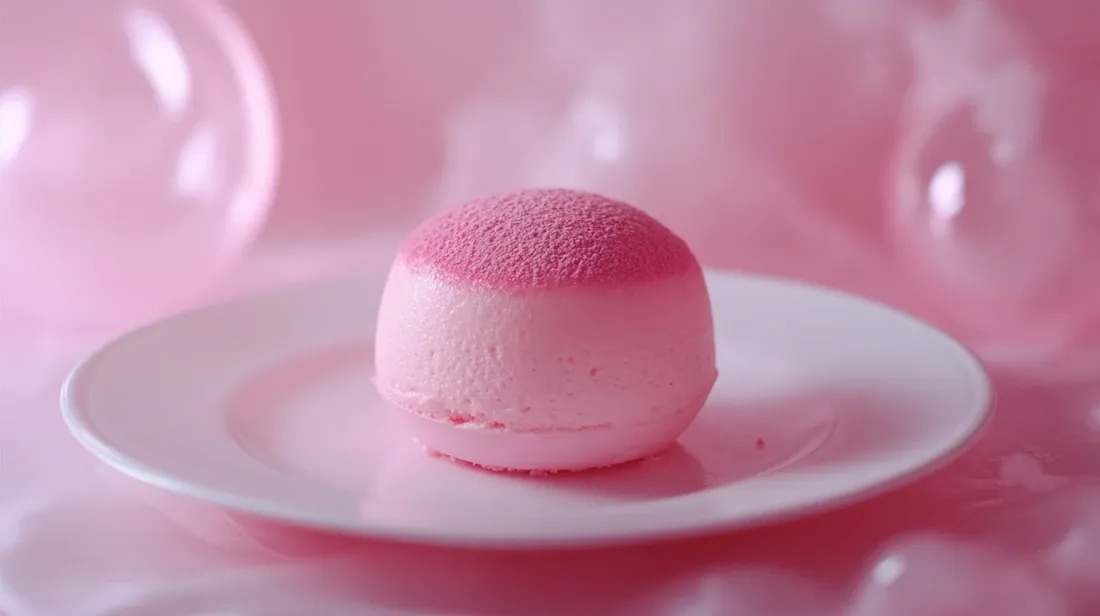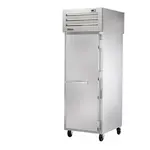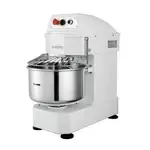
How to Make a Soufflé: Step-by-Step Guide
Crafting a soufflé may seem intimidating, but with the right techniques, it’s entirely achievable. Here’s a detailed step-by-step process:
Ingredients
To make a basic soufflé, you’ll need:
Butter (for greasing the ramekins)
Granulated sugar (for sweet soufflés) or breadcrumbs (for savory soufflés)
4 large eggs, separated into yolks and whites
Your chosen flavor base (e.g., cheese, chocolate, fruit puree)
A pinch of cream of tartar or a few drops of lemon juice (to stabilize egg whites)
Salt and pepper (for savory soufflés)
Equipment
Ramekins or soufflé dishes
Mixing bowls
Whisk or electric mixer
Rubber spatula
Baking sheet
Method
Prepare the Ramekins:
Grease the inside of each ramekin with butter, ensuring even coverage.
For sweet soufflés, sprinkle granulated sugar inside the ramekins and tap out the excess. For savory soufflés, use breadcrumbs. This coating helps the soufflé climb the walls of the dish as it rises.
Prepare the Base:
Cook your chosen base. For example, if making a cheese soufflé, prepare a béchamel sauce and stir in grated cheese until melted.
Allow the base to cool slightly before adding egg yolks. Mix the yolks in thoroughly to create a rich, creamy mixture.
Whip the Egg Whites:
In a clean, dry bowl, beat the egg whites until soft peaks form.
Add a pinch of cream of tartar or a few drops of lemon juice to stabilize the whites, then continue beating until stiff peaks form. The whites should hold their shape without collapsing.
Combine the Base and Whites:
Using a rubber spatula, fold one-third of the whipped egg whites into the base to lighten it.
Gently fold in the remaining egg whites in two additions, being careful not to deflate the mixture. A light hand is crucial to maintaining the airiness.
Fill the Ramekins:
Spoon the mixture into the prepared ramekins, filling them to about three-quarters full.
Smooth the tops with a spatula and run your thumb along the edge of each ramekin to create a small gap. This helps the soufflé rise evenly.
Bake:
Place the ramekins on a baking sheet and bake in a preheated oven (typically 375°F or 190°C).
Bake for 20–25 minutes for small soufflés or 30–35 minutes for larger ones. Avoid opening the oven door during baking, as sudden temperature changes can cause the soufflé to collapse.
Serve Immediately:
Soufflés are best enjoyed fresh out of the oven. Serve them immediately, as they begin to deflate within minutes.
Tips for a Perfect Soufflé

Use Room-Temperature Eggs:
Room-temperature egg whites whip more easily and achieve better volume than cold ones.
Clean Equipment:
Ensure your mixing bowl and whisk are completely clean and free of grease, as any fat can prevent the egg whites from whipping properly.
Master the Folding Technique:
Fold the egg whites gently but thoroughly to combine them with the base without deflating them.
Preheat the Oven:
A consistent oven temperature is key. Preheat the oven thoroughly before placing the soufflés inside.
Grease and Coat the Ramekins:
Properly greased and coated ramekins help the soufflé rise straight and tall.
Timing Is Everything:
Serve soufflés immediately to showcase their height and airy texture.
Experiment with Flavors:
Sweet soufflés can feature chocolate, lemon, or vanilla, while savory ones can include cheese, spinach, or even seafood.
Practice Makes Perfect:
The more you make soufflés, the more confident you’ll become with the techniques.
Common Soufflé Troubleshooting
Why Did My Soufflé Collapse?
This is normal to some extent. A soufflé will naturally deflate slightly after it’s removed from the oven. However, under-whipped egg whites or over-folding can exacerbate the issue.
Why Didn’t My Soufflé Rise?
Improperly whipped egg whites or failure to grease the ramekins adequately can prevent the soufflé from rising.
Why Is My Soufflé Undercooked?
Ensure you bake the soufflé long enough. If the top is browning too quickly, lower the oven temperature slightly.
A Deeper Dive Into Soufflé Variations

Soufflés can be incredibly versatile, adapting to a variety of cuisines and tastes. Let’s explore some popular variations:
Sweet Soufflés
Chocolate Soufflé: A classic dessert made with melted dark chocolate, offering a rich, decadent flavor.
Lemon Soufflé: Light and tangy, this version uses lemon juice and zest for a refreshing finish.
Grand Marnier Soufflé: Infused with orange liqueur, this elegant soufflé is perfect for special occasions.
Vanilla Soufflé: A simple yet delightful choice, flavored with pure vanilla extract or vanilla bean paste.
Savory Soufflés
Cheese Soufflé: A staple of French cuisine, often made with Gruyère or Comté cheese.
Spinach Soufflé: A nutritious option, combining cooked spinach with the base.
Seafood Soufflé: Featuring crab, shrimp, or lobster for a luxurious twist.
Herb and Goat Cheese Soufflé: A flavorful blend of fresh herbs and creamy goat cheese.
Fun Facts About Soufflés
Historical Origins: The soufflé dates back to the early 18th century and was popularized by French chef Vincent La Chapelle.
Culinary Symbol: In French cuisine, the soufflé represents skill and precision, often used to test a chef’s expertise.
International Appeal: While French in origin, soufflés have been embraced by chefs worldwide, each adding unique regional flavors.
Pop Culture: Soufflés have made appearances in numerous movies and shows, often portrayed as a challenging yet rewarding dish.
Creative Serving Ideas
Elevate your soufflé presentation with these ideas:
Mini Soufflés for Parties: Serve individual soufflés in small ramekins as an elegant appetizer or dessert for gatherings.
Soufflé Duo: Offer a pairing of sweet and savory soufflés to delight your guests with contrasting flavors.
Accompaniments: Pair sweet soufflés with a dollop of whipped cream, fruit compote, or a drizzle of caramel sauce. For savory soufflés, serve with a fresh salad or a creamy sauce.
Edible Garnishes: Add a touch of flair with grated chocolate, citrus zest, or fresh herbs sprinkled on top before serving.
Conclusion
A soufflé is more than just a dish; it’s a culinary achievement that combines precision, patience, and creativity. While its light, airy texture and dramatic rise may seem challenging to achieve, following the right steps and tips can make the process approachable and rewarding. Whether you’re crafting a savory cheese soufflé or a sweet chocolate one, this versatile dish is sure to impress. So preheat your oven, whip those egg whites, and let the magic of the soufflé unfold in your kitchen. With practice and dedication, you’ll master this timeless classic, leaving your guests in awe every time.





